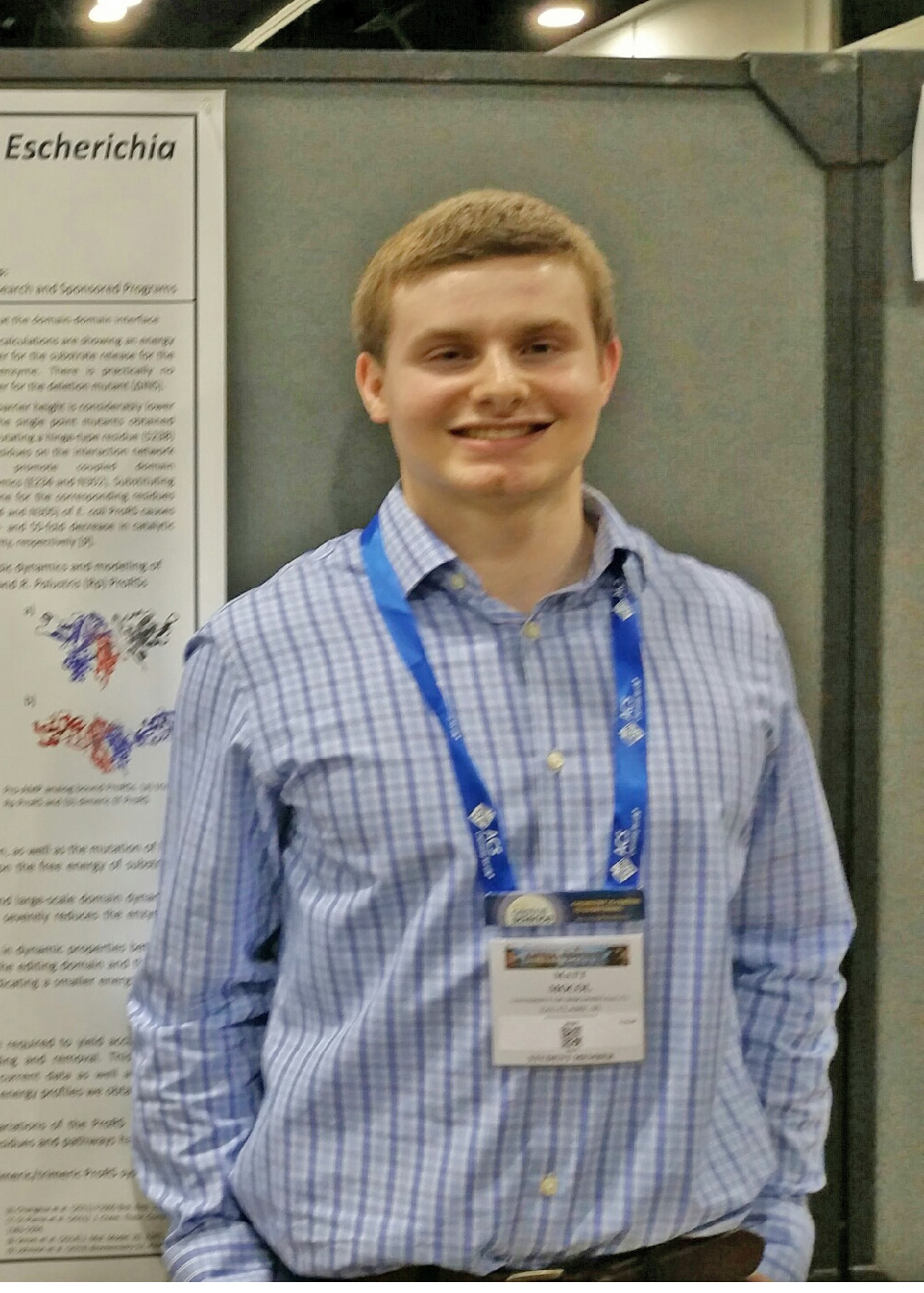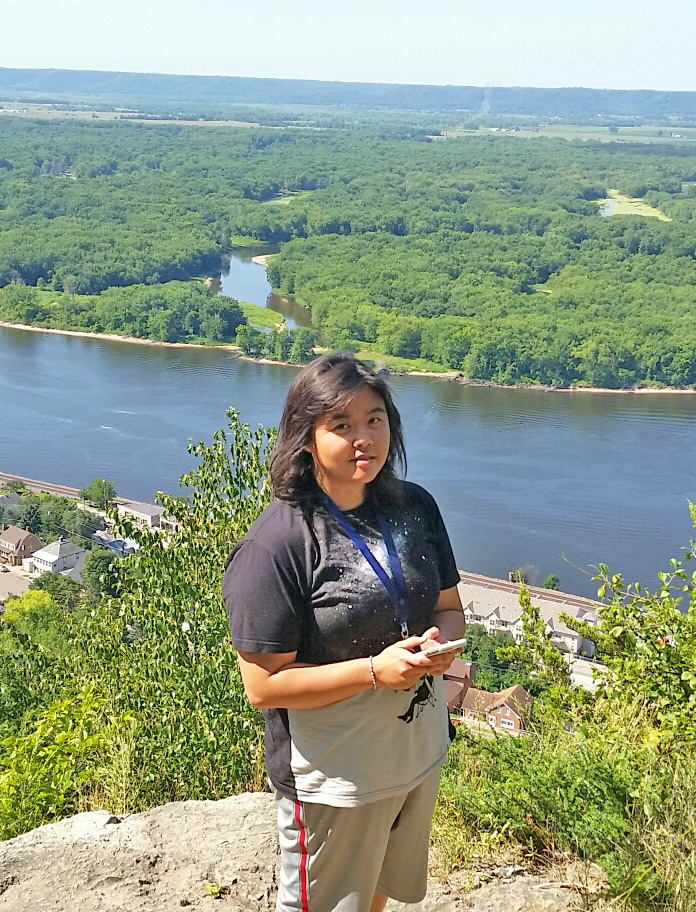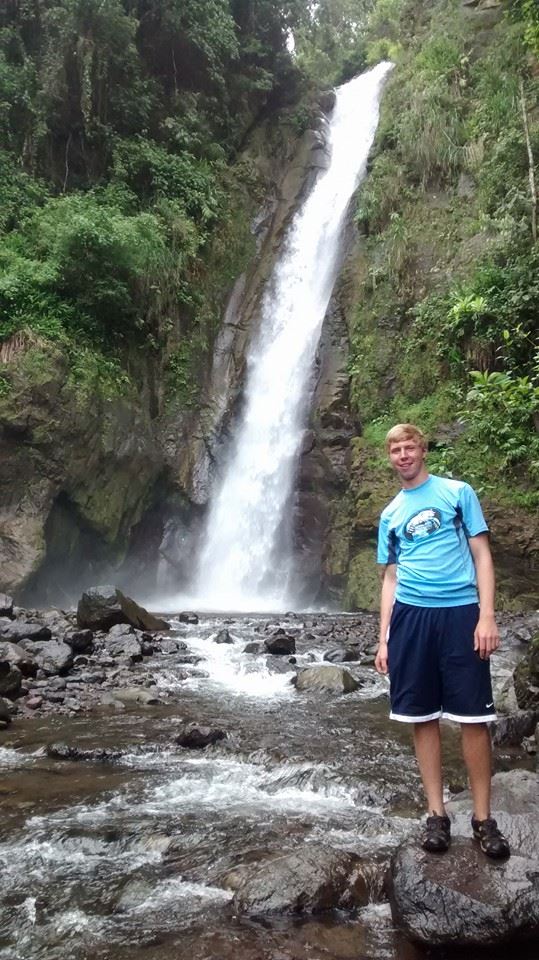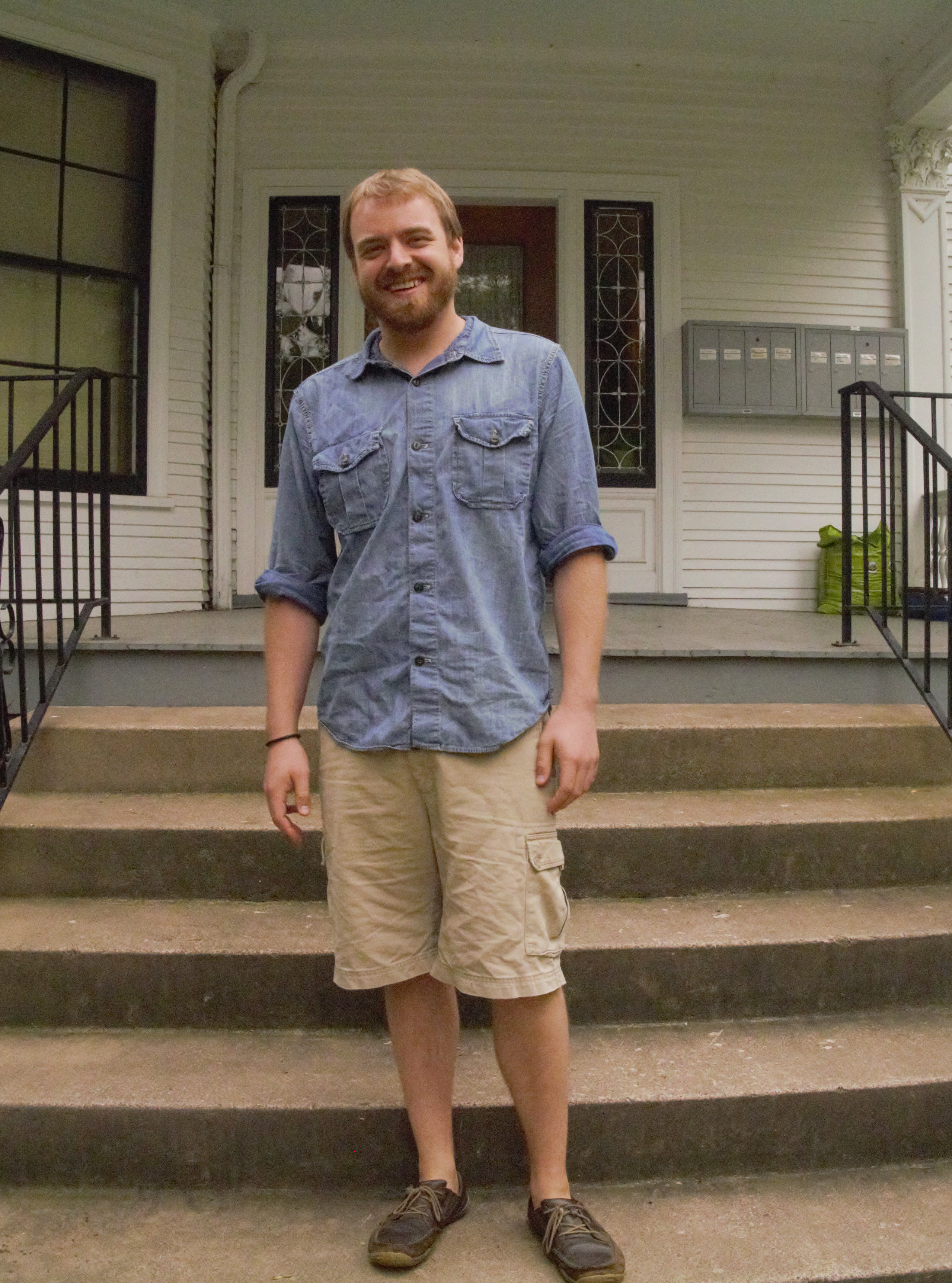Clorice R.
Reinhardt

Clorice is studying flavin-substrate non-covalent interactions. This type of interactions occur in many enzymes including quinone oxidoreductases. She is trying to understand how these interactions are shaping the kinetics and thermodynamics of reactions either in the aqueous state or within an enzyme active site. Using quantum mechanical/molecular mechanical simulations, she is studying the role of enzyme matrix on thermodynamics and kinetics of the catalytic reactions.
She has co-authored a recent article (Effect of Stacking Interactions on the Thermodynamics and Kinetics of Lumiflavin: A Study with Improved Density Functionals and Density Functional Tight-Binding Protocol J. Phys. Chem. A 2015, 119, 172–182.)
Matthew P.
Mocol

Tiffany T.
Huynh

Tanner C.
Jaglinski

Tanner is involved in the study of the hydride transfer reaction of quinones by flavin. Using density functional theory, he is exploring the effect of substituents on the thermodynamics and kinetics of the redox reactions.
Ryan J.
Andrews

Ryan is interested in protein dynamics, he is involved in extracting coupled motions of various protein segments that are related to its function. These functional motions are slow and are believed to be instrumental for a number of protein's function such as substrate binding, catalysis, allosteric control etc.